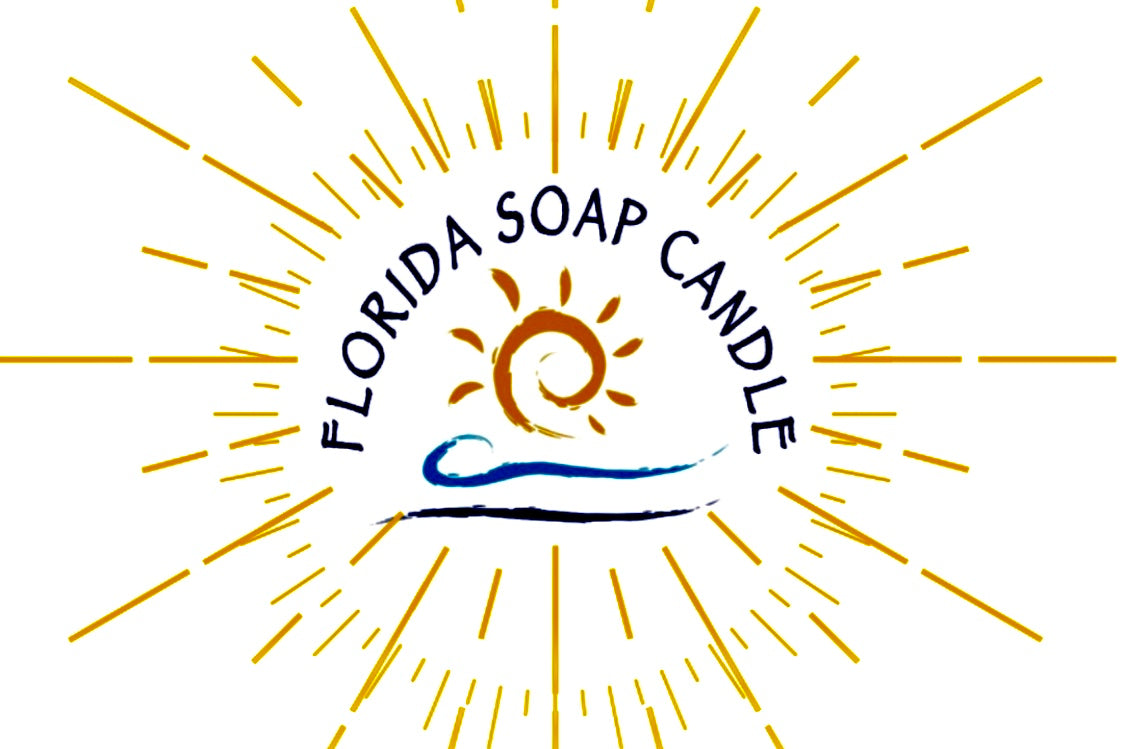Studies link components of hygiene products to allergy and other problems
A study by Tufts University, Boston (USA), coordinated by professor and doctor Stuart B. Levy, pointed out that until the mid-1990s there were just over a dozen antibacterial products for domestic use. Today there are more than 700, of all types: soaps, toothpaste, detergents, cleaning products in general and hand lotions, among others.
The increase shows how society is increasingly obsessed with cleanliness. Advertising and the media contribute to the collective concern, “reinforcing the idea that extra protection is needed for people to feel safer,” says physician Valeria Petri, a professor at the department of infectious and parasitic dermatology at the Federal University of Sao Paulo (Unifesp).
Many of the products designed to fight germs contain triclosan, a substance that has been linked in studies to allergies, hormonal problems in animals and environmental risks, as well as promoting bacterial resistance and impairing the immune system.
It is not new that research attests that the immune defense is stimulated by contact with microorganisms. Some scientific evidence proves that children who live in very clean environments develop more allergies, for example.
This is what a study recently carried out by the University of Michigan School of Public Health showed. According to him, young people who are overexposed to antibacterial soaps with triclosan may suffer more from allergies.
The use of triclosan is authorized in some countries. The component can be added, in small amounts, to cosmetic and personal care products, in a proportion of 0.3%.
However, we can easily find products with proportions of 0.5 to 0.8%.........

